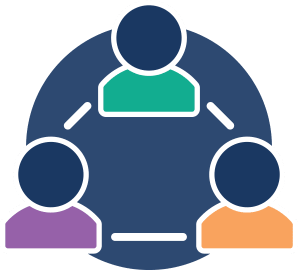 When you’re contemplating where to donate to low-income family, you’ll find a wide array of options, from national nonprofits to local grassroots organizations. Each type of charity offers unique advantages in addressing poverty and supporting struggling households. While well-known names like United Way and Feeding America have extensive reach, smaller community-based groups often provide tailored assistance that meets specific local needs. As you weigh your choices, you’ll want to evaluate factors such as program effectiveness, financial transparency, and the scope of services offered. But before you make your decision, there’s more you should know about these organizations and their impact.
When you’re contemplating where to donate to low-income family, you’ll find a wide array of options, from national nonprofits to local grassroots organizations. Each type of charity offers unique advantages in addressing poverty and supporting struggling households. While well-known names like United Way and Feeding America have extensive reach, smaller community-based groups often provide tailored assistance that meets specific local needs. As you weigh your choices, you’ll want to evaluate factors such as program effectiveness, financial transparency, and the scope of services offered. But before you make your decision, there’s more you should know about these organizations and their impact.
National Nonprofits for Family Support
Several national nonprofits have established themselves as leaders in providing comprehensive support to low-income families across the United States. Organizations like United Way, Feeding America, and Catholic Charities USA offer wide-ranging assistance programs, including food security, housing support, and financial education. These nonprofits leverage extensive networks and partnerships to maximize their impact, serving millions of families annually through evidence-based interventions and policy advocacy efforts.
Local Community-Based Organizations
Beyond national nonprofits, local community-based organizations (CBOs) play a crucial role in addressing the unique needs of low-income families within specific geographic areas. CBOs often have intimate knowledge of local challenges and resources, enabling targeted interventions. Research shows that CBOs can be more cost-effective and responsive than larger entities. When donating, consider local food banks, community action agencies, and grassroots advocacy groups for maximum impact on low-income families.
Faith-Based Charitable Institutions
Faith-based charitable institutions step up to provide critical support for low-income families across the United States. These organizations often have extensive networks and resources to efficiently deliver aid. Notable examples include Catholic Charities USA, The Salvation Army, and Lutheran Services in America. They offer diverse assistance programs, including food banks, housing support, job training, and financial counseling. Data shows these institutions collectively serve millions annually, significantly impacting poverty reduction efforts.
Government-Affiliated Assistance Programs
How do government-affiliated assistance programs compare to private charities in aiding low-income families? Government programs often have broader reach and more substantial funding. They’re typically data-driven, with standardized eligibility criteria and structured distribution methods. Unlike faith-based charities, they’re secular and bound by anti-discrimination laws. However, they may face bureaucratic hurdles and slower response times compared to nimbler private organizations. Government programs also offer integrated services across multiple agencies.
